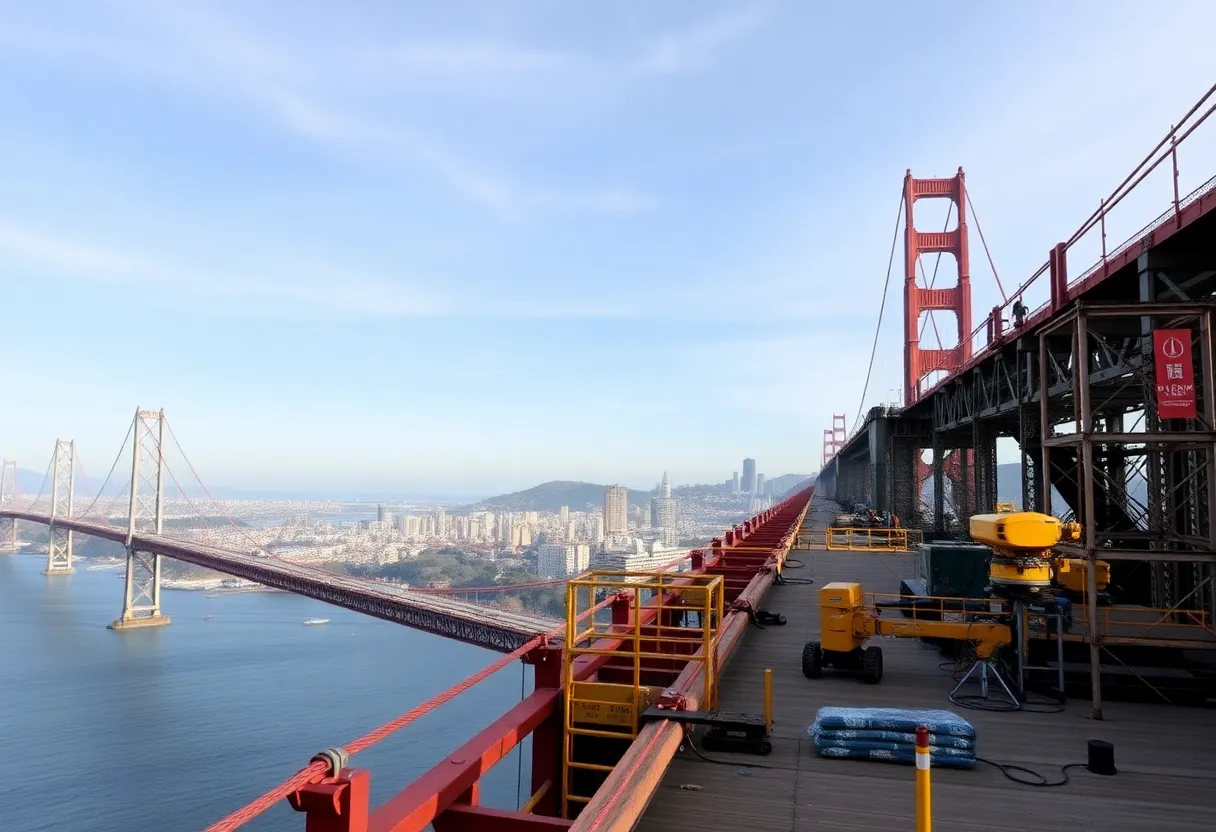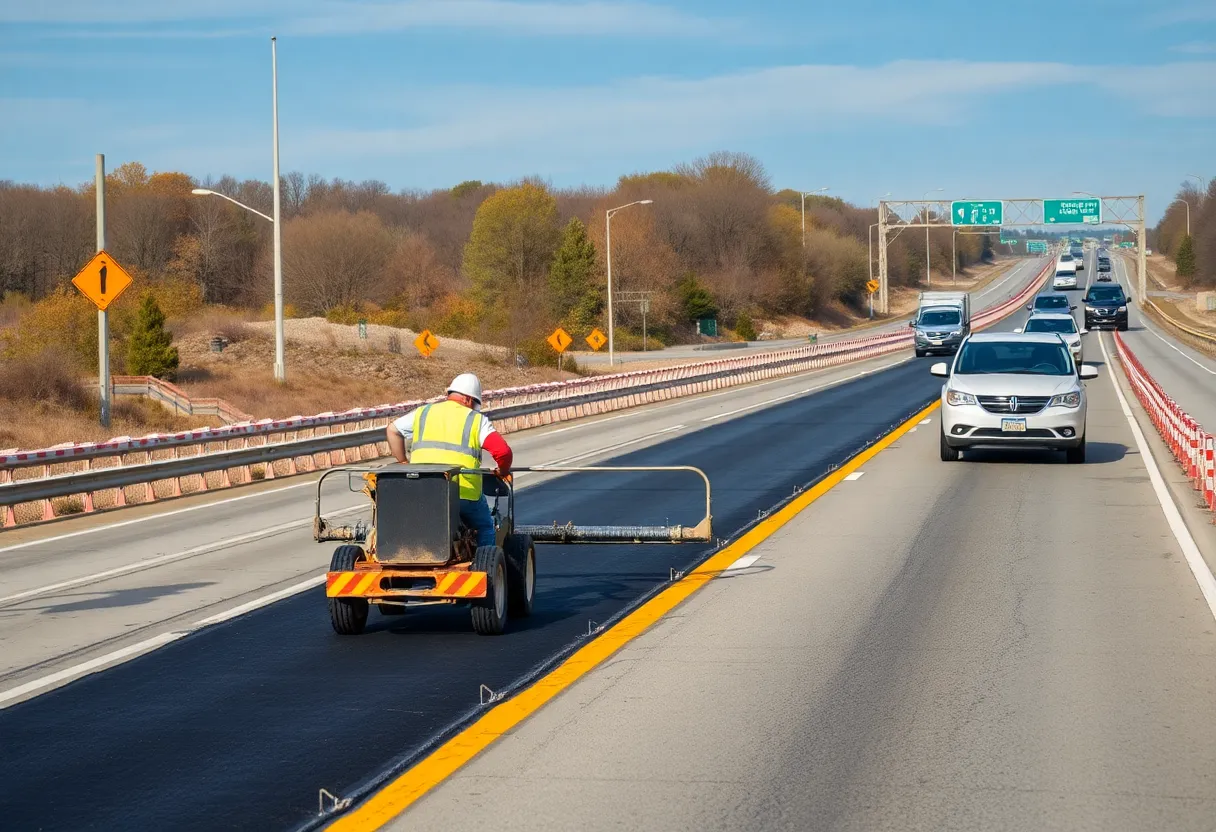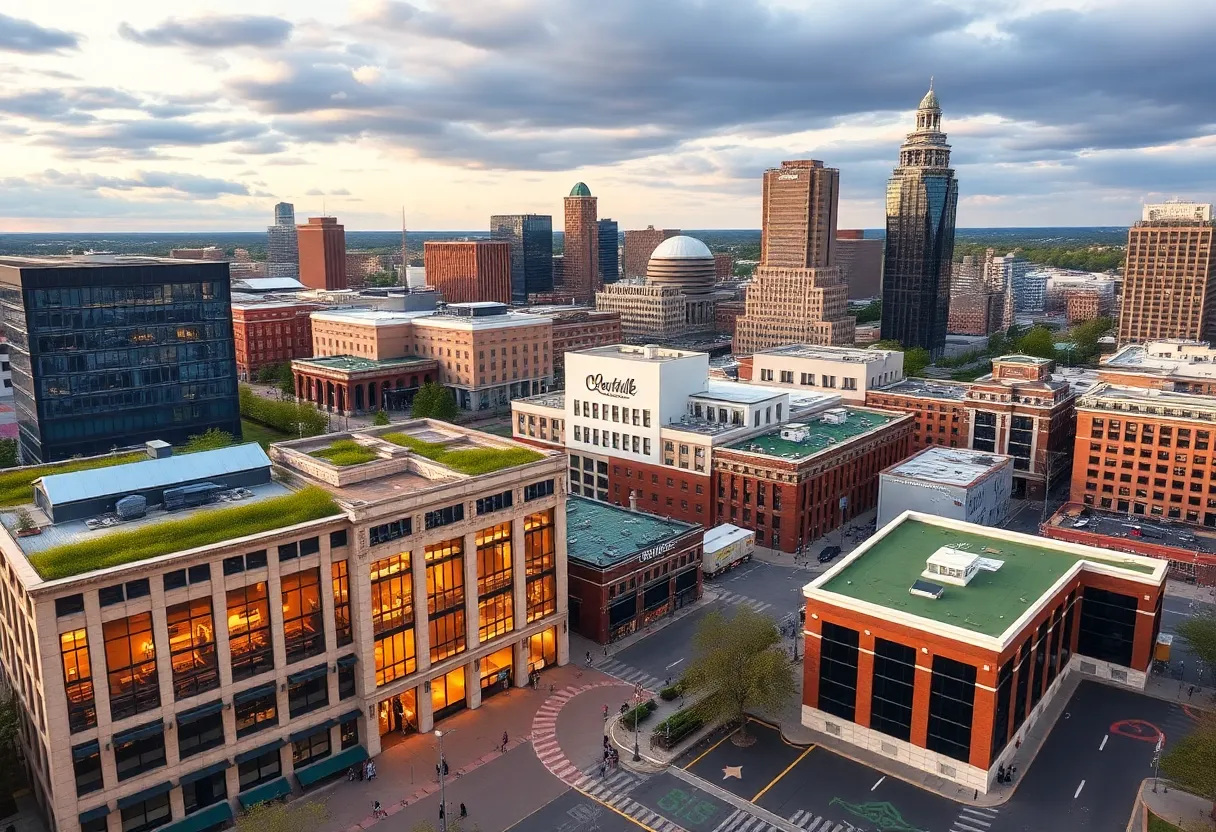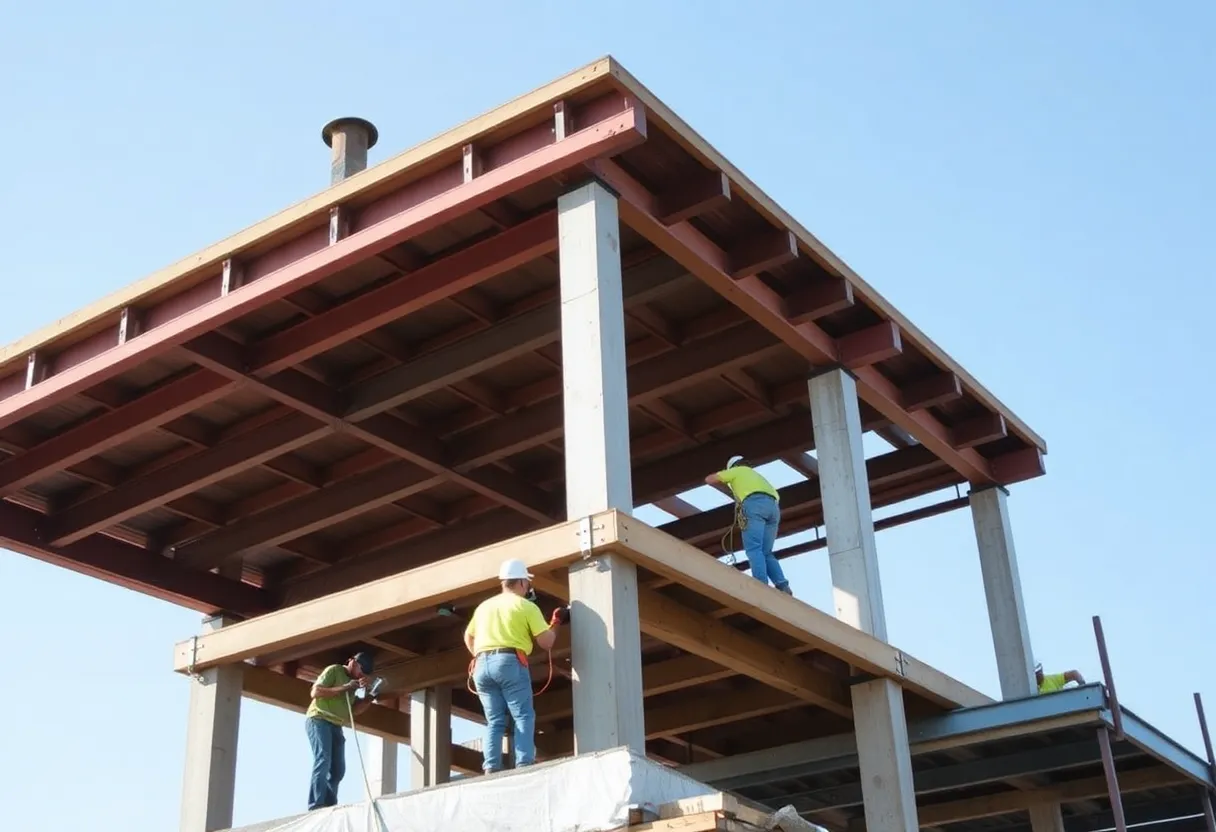News Summary
Construction crews in San Francisco have begun mobilizing for a major retrofit of the Golden Gate Bridge. This $1.8 billion project aims to strengthen the bridge against seismic activity and address corrosion. Utilizing advanced robotics and eco-friendly technology, the initiative seeks to enhance safety and stability while maintaining access for pedestrians and vehicles during the upgrades.
San Francisco: Golden Gate Bridge Retrofit Project Mobilizes
In San Francisco, construction crews have begun mobilizing for a major retrofit of the Golden Gate Bridge, with work set to start on November 1, 2025. This $1.8 billion initiative, funded by federal grants, aims to strengthen the iconic structure against seismic activity and address corrosion issues, ensuring its long-term safety and stability.
The project prioritizes modern technology to enhance efficiency. Advanced robotics and AI-driven machinery will be used to streamline the retrofit process, which is expected to reduce downtime and minimize disruptions. Despite these efforts, temporary lanes will maintain pedestrian and vehicular access, although some delays are anticipated.
Environmental considerations are a key aspect of the project. The use of eco-friendly coatings has drawn positive attention from environmental groups, highlighting a commitment to sustainable practices. Additionally, local unions have noted a high demand for skilled laborers, with strict safety protocols in place to protect workers throughout the operation.
This retrofit underscores broader efforts to preserve historical landmarks while improving resilience against natural disasters. The Golden Gate Bridge, a symbol of San Francisco and California engineering, will benefit from these upgrades to withstand future challenges.
Project Details and Timeline
The mobilization of crews marks the initial phase of the retrofit, which is scheduled to begin in earnest on November 1, 2025. The $1.8 billion funding from federal grants will cover the costs of fortifying the bridge against seismic activity and repairing corrosion. This comprehensive approach includes deploying advanced robotics and AI-driven machinery to handle complex tasks, allowing for faster progress and less interruption to daily use.
To keep the bridge operational, temporary lanes will be implemented for both pedestrians and vehicles. While this strategy aims to limit impacts, officials expect some delays due to the scale of the work. The project’s focus on eco-friendly coatings demonstrates a balance between infrastructure needs and environmental protection, as these materials reduce potential harm to the surrounding ecosystem.
Labor demands are high, with local unions reporting a need for skilled workers. Safety protocols are emphasized to prevent accidents, reflecting best practices in construction management. Overall, the initiative is designed to enhance the bridge’s durability without compromising its historical value.
Background and Significance
The Golden Gate Bridge, completed in 1937, has long been a vital link in California’s transportation network and a major tourist attraction. Over the years, exposure to the elements has led to corrosion, while the region’s seismic risks necessitate regular upgrades. This retrofit project represents a proactive step to address these issues, building on previous maintenance efforts to ensure the structure remains safe and functional for decades to come.
By incorporating cutting-edge technologies like robotics and AI, the project aligns with modern construction trends that emphasize efficiency and innovation. This approach not only reduces the environmental footprint through the use of eco-friendly coatings but also supports local employment by creating jobs for skilled laborers. The initiative highlights California’s dedication to maintaining its infrastructure amid growing demands for resilience against natural disasters.
In the context of ongoing national and state-level infrastructure improvements, this retrofit serves as an example of how historical preservation can integrate with contemporary engineering solutions. The project’s planning phase has involved coordination among federal, state, and local entities to secure funding and expertise, ensuring a smooth execution.
Expanding on the labor aspect, the high demand for skilled workers is driving training programs in the region, which could benefit the broader construction industry in California. Safety protocols, including regular inspections and advanced monitoring systems, are integral to the project, reflecting lessons learned from past infrastructure projects nationwide.
The use of AI-driven machinery not only speeds up the process but also allows for precise repairs, minimizing waste and enhancing accuracy. Environmentalists have highlighted the eco-friendly coatings as a positive development, as they help protect the San Francisco Bay area’s delicate marine environment. This project’s success could influence similar efforts across California, promoting sustainable practices in bridge maintenance.
Ultimately, the retrofit of the Golden Gate Bridge is more than a routine update; it’s a testament to the state’s commitment to blending heritage with innovation. By addressing seismic vulnerabilities and corrosion, the project ensures that this engineering marvel continues to serve the public effectively.
In summary, the mobilization in San Francisco for the Golden Gate Bridge retrofit, starting November 1, 2025, with $1.8 billion in federal funding, focuses on seismic fortification, corrosion repair, and the use of advanced technologies. It maintains access with temporary measures, incorporates eco-friendly elements, and prioritizes worker safety amid high labor demand, all while preserving a key historical landmark.
Frequently Asked Questions
- Q1: When will the retrofit of the Golden Gate Bridge start? A1: Work is set to start on November 1, 2025.
- Q2: How is the retrofit funded? A2: It is funded by federal grants totaling $1.8 billion.
- Q3: What is the purpose of the retrofit? A3: The effort will fortify the iconic structure against seismic activity and repair corrosion.
- Q4: What technologies are being used? A4: Advanced robotics and AI-driven machinery will streamline the process, reducing downtime.
- Q5: How will access to the bridge be handled? A5: Pedestrian and vehicular access will be maintained with temporary lanes, though delays are expected.
- Q6: What environmental features are included? A6: The use of eco-friendly coatings has been noted.
- Q7: What about labor and safety? A7: Local unions report high demand for skilled laborers, with safety protocols at the forefront.
- Q8: What does this project represent? A8: This upgrade underscores the nation’s commitment to preserving historical landmarks while enhancing modern resilience.
Key Features Chart
| Feature | Description |
|---|---|
| Funding | Federal grants totaling $1.8 billion |
| Start Date | November 1, 2025 |
| Purposes | Fortify against seismic activity and repair corrosion |
| Technologies | Advanced robotics and AI-driven machinery to reduce downtime |
| Access Management | Temporary lanes for pedestrians and vehicles, with expected delays |
| Environmental Aspects | Deeper Dive: News & Info About This Topic





